Home>Gardening & Outdoor>Plant Care & Gardening Tips>What Plant Was Used By Native Americans To Treat Malaria
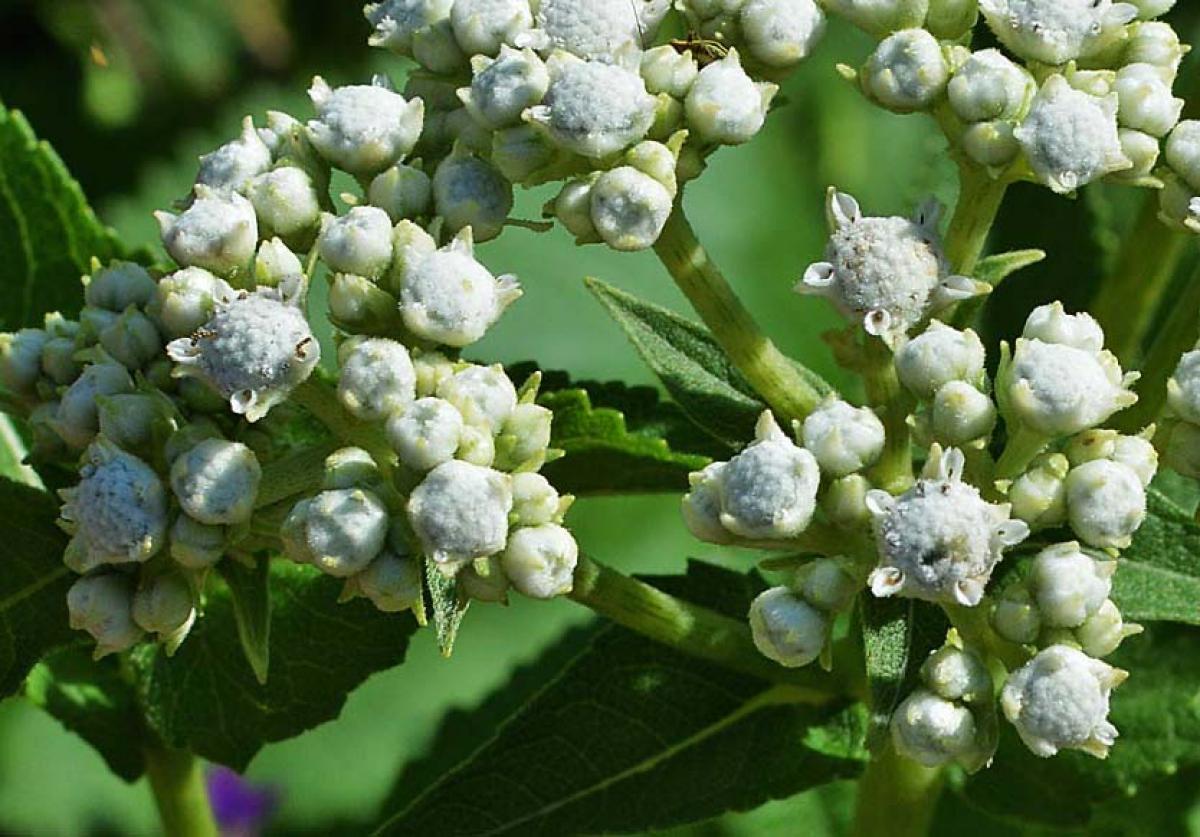

Plant Care & Gardening Tips
What Plant Was Used By Native Americans To Treat Malaria
Modified: January 5, 2024
Discover the plant used by Native Americans for treating malaria and its significance in plant care and gardening tips. Explore its history and benefits now!
(Many of the links in this article redirect to a specific reviewed product. Your purchase of these products through affiliate links helps to generate commission for Storables.com, at no extra cost. Learn more)
**
Introduction
**
In exploring the rich tapestry of traditional Native American medicine, we uncover a profound connection between indigenous communities and the natural world. Plants have long been revered for their medicinal properties, serving as the cornerstone of healing practices passed down through generations. One particularly intriguing aspect of this ancient wisdom is the use of plants to combat diseases such as malaria, a serious health threat in many regions. Delving into the historical knowledge of Native American plant medicine unveils a fascinating narrative of resilience, resourcefulness, and profound understanding of the natural world. This article delves into the captivating tale of a specific plant used by Native Americans to treat malaria, shedding light on its historical significance and modern-day implications. Join us on a journey through time and tradition as we unravel the mysteries of this remarkable botanical remedy.
**
Key Takeaways:
- Native American healers used the Cinchona plant, also known as the “fever tree,” to treat malaria due to its natural antimalarial properties, showcasing the resourcefulness and wisdom of traditional plant-based medicine.
- Modern research has validated the effectiveness of Cinchona bark in combating malaria, inspiring pharmaceutical innovation and highlighting the enduring relevance of indigenous healing traditions in global healthcare.
Historical use of plants in Native American medicine
**
The use of plants as medicine has been an integral part of Native American culture for millennia. Indigenous tribes across the continent developed an intricate understanding of the healing properties inherent in the flora that surrounded them. Plants were not only utilized for physical ailments but also for spiritual and emotional well-being, reflecting the holistic approach to healthcare practiced by Native Americans.
Traditional healers, often referred to as medicine men or women, possessed an extensive knowledge of local plants and their medicinal applications. This wisdom was passed down orally through generations, fostering a profound connection between the people and the land. Plants such as echinacea, sage, and tobacco held significant roles in Native American healing traditions, addressing a wide array of health concerns.
Furthermore, the use of plants in Native American medicine was deeply intertwined with cultural and spiritual beliefs. Healing ceremonies often incorporated specific plants to invoke their therapeutic properties and establish a harmonious balance within the individual and the community. This holistic approach to wellness reflects the profound respect for nature and the interconnectedness of all living beings.
As we delve into the historical use of plants in Native American medicine, we gain a deeper appreciation for the profound wisdom and resourcefulness of indigenous healing traditions. The knowledge and practices developed by Native American healers continue to inspire and inform modern herbal medicine, serving as a testament to the enduring legacy of traditional plant-based healing.
**
Malaria and its impact on Native American communities
**
Malaria, a mosquito-borne infectious disease caused by the Plasmodium parasite, has historically posed significant challenges to Native American communities. The impact of malaria on indigenous populations, particularly those residing in tropical and subtropical regions, has been profound, affecting both physical health and societal well-being.
Throughout history, Native American communities grappled with the devastating effects of malaria, which not only posed a direct threat to individual health but also had broader implications for community dynamics and cultural practices. The disease could lead to debilitating symptoms, including high fever, chills, and flu-like illness, often resulting in prolonged periods of illness and decreased productivity within the community.
Furthermore, the introduction of malaria by European colonizers had a profound impact on indigenous populations, leading to widespread outbreaks and significant population declines. The disruption caused by the disease reverberated through social structures and traditional ways of life, underscoring the far-reaching consequences of infectious diseases on Native American communities.
As we explore the historical context of malaria within Native American communities, it becomes evident that the disease was not merely a health concern but a complex and multifaceted challenge with far-reaching implications. Understanding the impact of malaria on indigenous populations provides crucial insight into the historical context of plant-based remedies and the resourcefulness of Native American healers in addressing this formidable health threat.
**
The plant used by Native Americans to treat malaria
**
Among the diverse array of plants utilized by Native Americans for medicinal purposes, one particular botanical ally emerged as a potent remedy for combating malaria. The plant known as Cinchona, also referred to as the “fever tree,” played a pivotal role in traditional Native American medicine as a treatment for the debilitating effects of malaria.
Native to the Andean region of South America, Cinchona bark contains quinine, a compound renowned for its antimalarial properties. The bark of the Cinchona tree was highly valued for its ability to alleviate the symptoms of malaria, providing relief from fever and chills associated with the disease. This remarkable botanical resource was embraced by indigenous healers, who recognized its efficacy in addressing the ravages of malaria within their communities.
The utilization of Cinchona bark as a medicinal remedy exemplifies the profound understanding of plant-based medicine cultivated by Native American healers. Through careful observation and experimentation, these traditional practitioners harnessed the healing potential of Cinchona, offering respite to those afflicted by the scourge of malaria.
Furthermore, the incorporation of Cinchona bark into Native American healing traditions underscores the interconnectedness of indigenous communities with the natural world. The reverence for plants such as Cinchona reflects a deep-seated respect for the healing gifts bestowed by the Earth, encapsulating the symbiotic relationship between humans and the botanical realm.
As we delve into the historical use of Cinchona in Native American medicine, we are reminded of the ingenuity and resourcefulness of indigenous healers in identifying and harnessing nature’s remedies to confront formidable health challenges. The legacy of Cinchona as a vital tool in combating malaria within Native American communities serves as a testament to the enduring wisdom of traditional plant-based medicine.
**
The plant used by Native Americans to treat malaria is called Artemisia annua, also known as sweet wormwood. It contains a compound called artemisinin, which has been found to be effective in treating malaria.
How the plant was prepared and administered
**
The preparation and administration of Cinchona bark as a medicinal remedy within Native American communities reflected a meticulous and time-honored process, guided by the expertise of traditional healers. The utilization of Cinchona bark to address the symptoms of malaria required a thoughtful approach to extraction and dosage, ensuring the optimal delivery of its therapeutic properties.
Traditional healers, revered for their intimate knowledge of plant medicine, employed various methods to prepare Cinchona bark for administration. The bark was often carefully harvested from mature Cinchona trees, with a focus on sustainable practices that honored the natural abundance of this valuable botanical resource. Once collected, the bark underwent a meticulous extraction process, often involving techniques such as decoction or infusion to concentrate the beneficial compounds, including quinine.
The resulting preparation, whether in the form of a concentrated liquid or powdered extract, was administered to individuals afflicted with malaria, offering relief from the fever and discomfort associated with the disease. The dosage and frequency of Cinchona bark administration were tailored to the specific needs of the patient, reflecting the personalized and holistic approach to healing practiced by traditional Native American healers.
Furthermore, the administration of Cinchona bark often occurred within the context of healing ceremonies and communal rituals, infusing the remedy with spiritual significance and communal support. The interconnectedness of physical, emotional, and spiritual well-being was intricately woven into the administration of medicinal remedies, reflecting the holistic approach to healthcare embraced by Native American healing traditions.
As we reflect on the preparation and administration of Cinchona bark within Native American medicine, we are reminded of the profound wisdom and reverence for the healing properties of plants embodied by indigenous healers. The meticulous care taken in the preparation and personalized administration of this botanical remedy exemplifies the intricate tapestry of traditional plant-based medicine, rooted in a deep understanding of nature’s healing gifts and the interconnectedness of all living beings.
**
Read more: What Plant Did Native Americans Use For Soap
Modern research on the effectiveness of the plant
**
The historical use of Cinchona bark by Native Americans to treat malaria has garnered significant attention from modern researchers seeking to validate its efficacy through scientific inquiry. The antimalarial properties of quinine, a key compound found in Cinchona bark, have been the subject of extensive investigation, shedding light on the plant’s potential as a source of pharmaceutical innovation and global health impact.
Contemporary studies have corroborated the traditional wisdom surrounding Cinchona bark, affirming its effectiveness in combating malaria and related febrile illnesses. Research has elucidated the mechanisms through which quinine, the primary alkaloid in Cinchona bark, exerts its antimalarial effects, providing valuable insights into the plant’s therapeutic potential.
Furthermore, the exploration of Cinchona bark as a source of antimalarial compounds has extended beyond its traditional applications, spurring interest in pharmaceutical development and the synthesis of quinine derivatives for modern antimalarial treatments. The enduring legacy of Cinchona bark as a natural remedy for malaria has sparked innovation in drug discovery and the pursuit of novel therapeutic agents, underscoring the enduring relevance of traditional plant-based medicine in contemporary healthcare.
Moreover, the recognition of Cinchona bark as a reservoir of antimalarial compounds has prompted efforts to ensure sustainable harvesting and conservation of Cinchona trees, preserving this invaluable botanical resource for future generations. The intersection of traditional knowledge with modern scientific inquiry has fueled a renaissance of interest in Cinchona bark, highlighting the potential for collaboration between indigenous healing traditions and global efforts to combat infectious diseases.
As we consider the modern research on the effectiveness of Cinchona bark, we witness a convergence of traditional wisdom and scientific exploration, culminating in a deeper appreciation for the plant’s enduring significance in the context of global health and pharmaceutical innovation. The validation of Cinchona bark’s antimalarial properties serves as a testament to the enduring relevance of indigenous plant-based medicine and its potential to inform and inspire advancements in modern healthcare.
**
Conclusion
**
The historical and contemporary exploration of Cinchona bark as a potent remedy for malaria within Native American medicine unveils a captivating narrative of traditional wisdom, resilience, and scientific inquiry. The utilization of this remarkable botanical resource by indigenous healers reflects a profound understanding of the healing properties inherent in the natural world, offering a testament to the enduring legacy of traditional plant-based medicine.
Through the historical use of Cinchona bark, we gain insight into the resourcefulness and ingenuity of Native American healers, who harnessed the plant’s antimalarial properties to alleviate the devastating effects of malaria within their communities. The meticulous preparation and personalized administration of Cinchona bark exemplify the holistic approach to healthcare practiced by traditional healers, rooted in a deep reverence for the interconnectedness of physical, emotional, and spiritual well-being.
Moreover, the convergence of traditional knowledge and modern research has shed light on the effectiveness of Cinchona bark in combating malaria, affirming its therapeutic potential and inspiring pharmaceutical innovation. The validation of the plant’s antimalarial properties underscores the enduring relevance of indigenous healing traditions in informing and inspiring advancements in global health and wellness.
As we reflect on the profound legacy of Cinchona bark within Native American medicine, we are reminded of the intricate tapestry of traditional plant-based healing, woven with the threads of ancestral wisdom, scientific discovery, and a deep reverence for the healing gifts of the Earth. The story of Cinchona bark stands as a testament to the enduring resilience and resourcefulness of indigenous communities, offering a compelling narrative of healing, innovation, and the enduring bond between humanity and the natural world.
In embracing the historical and contemporary significance of Cinchona bark as a botanical remedy for malaria, we honor the enduring legacy of traditional Native American medicine and the invaluable contributions of indigenous healing traditions to the broader tapestry of global healthcare and wellness.
Frequently Asked Questions about What Plant Was Used By Native Americans To Treat Malaria
Was this page helpful?
At Storables.com, we guarantee accurate and reliable information. Our content, validated by Expert Board Contributors, is crafted following stringent Editorial Policies. We're committed to providing you with well-researched, expert-backed insights for all your informational needs.
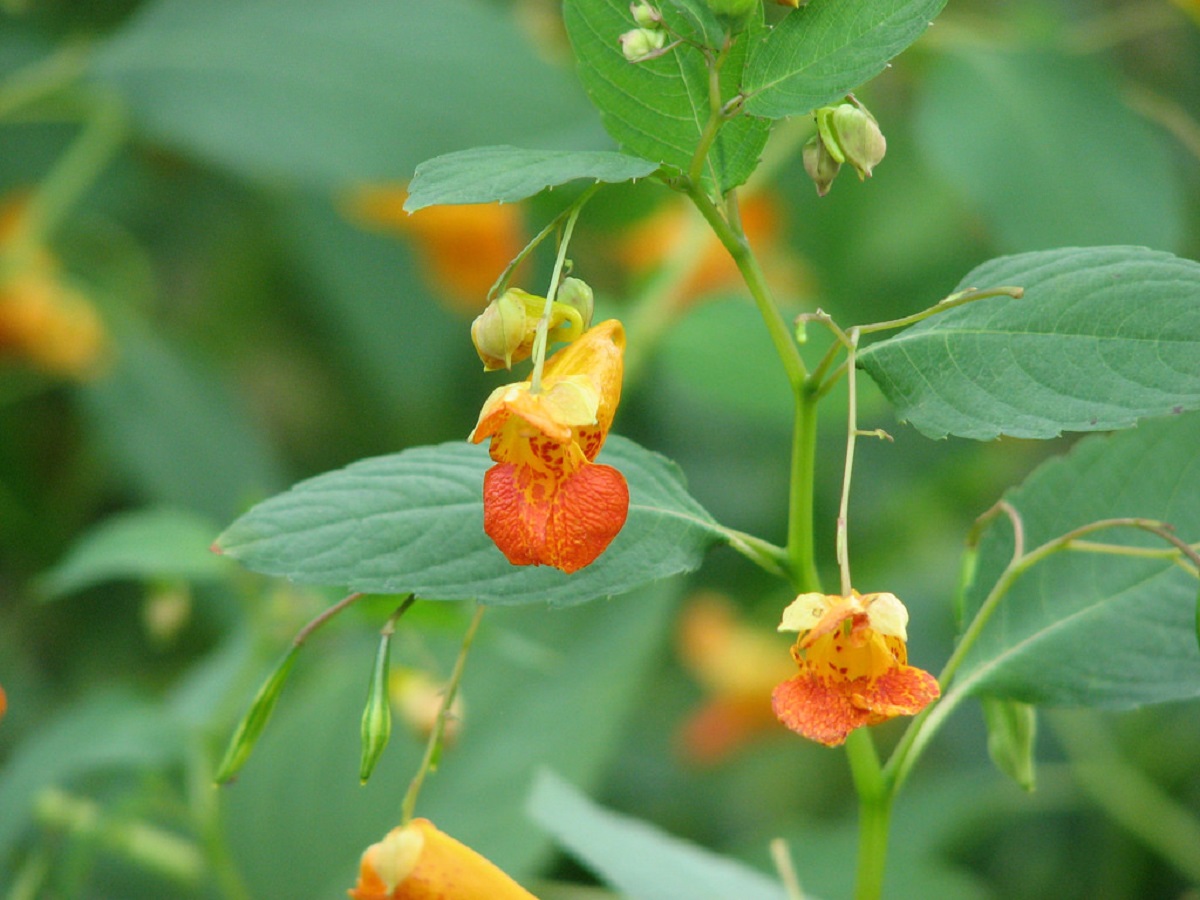
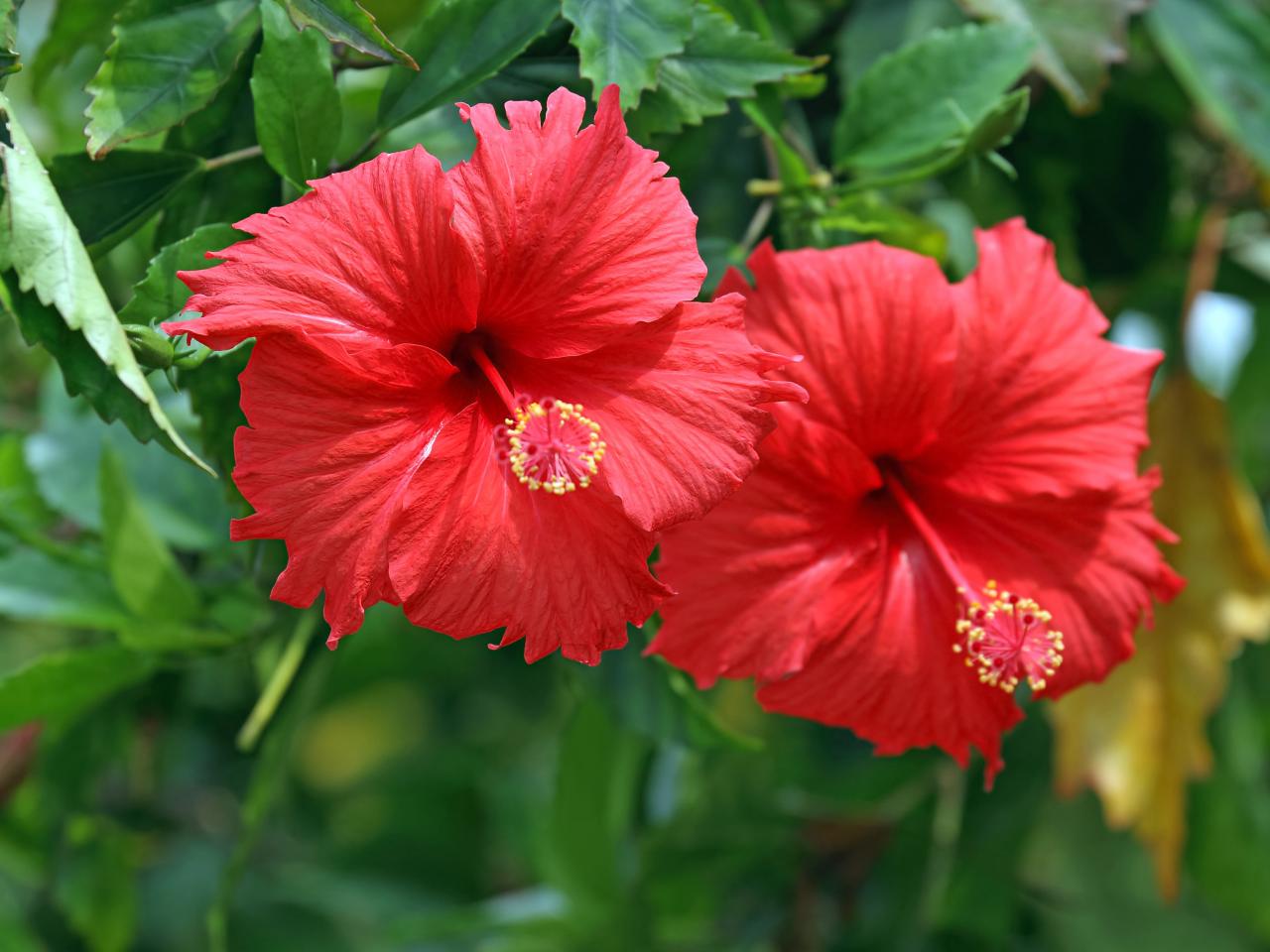
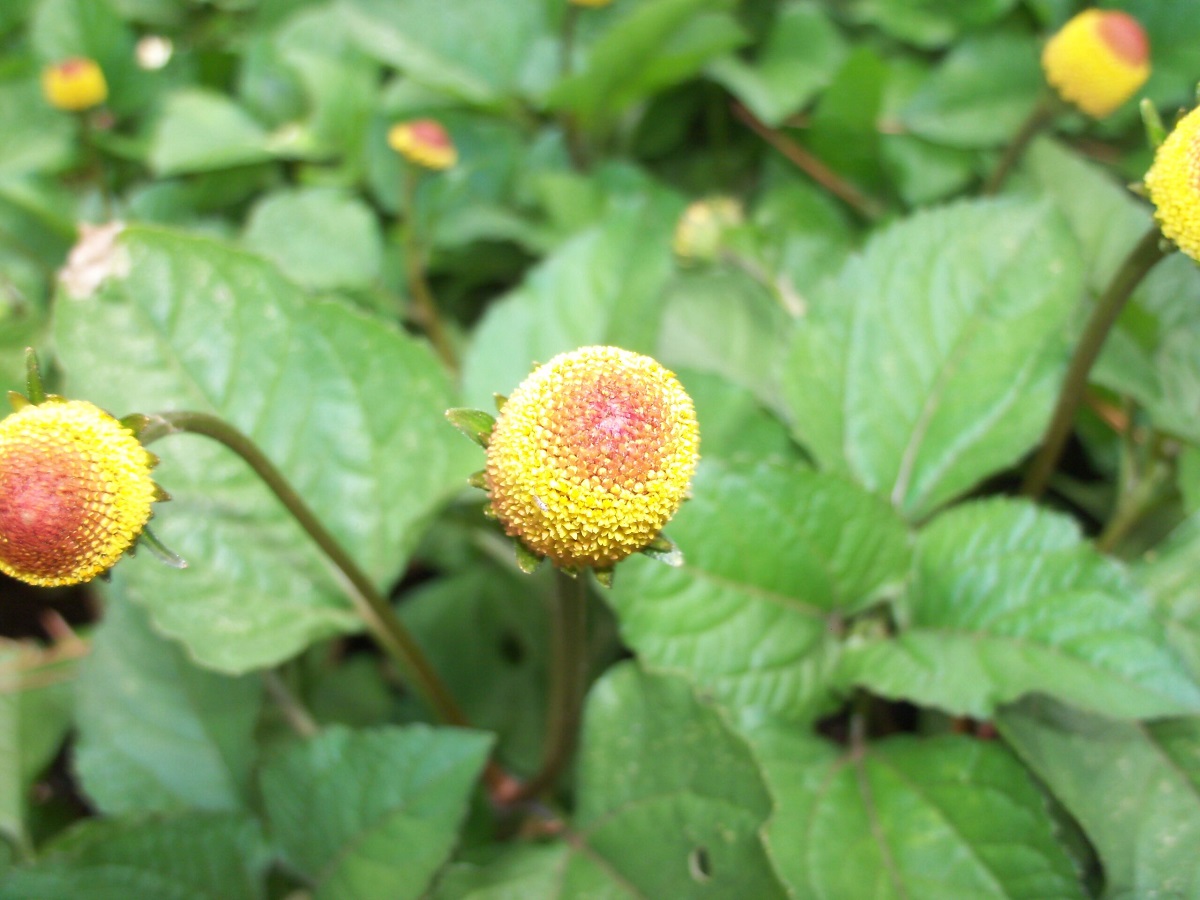
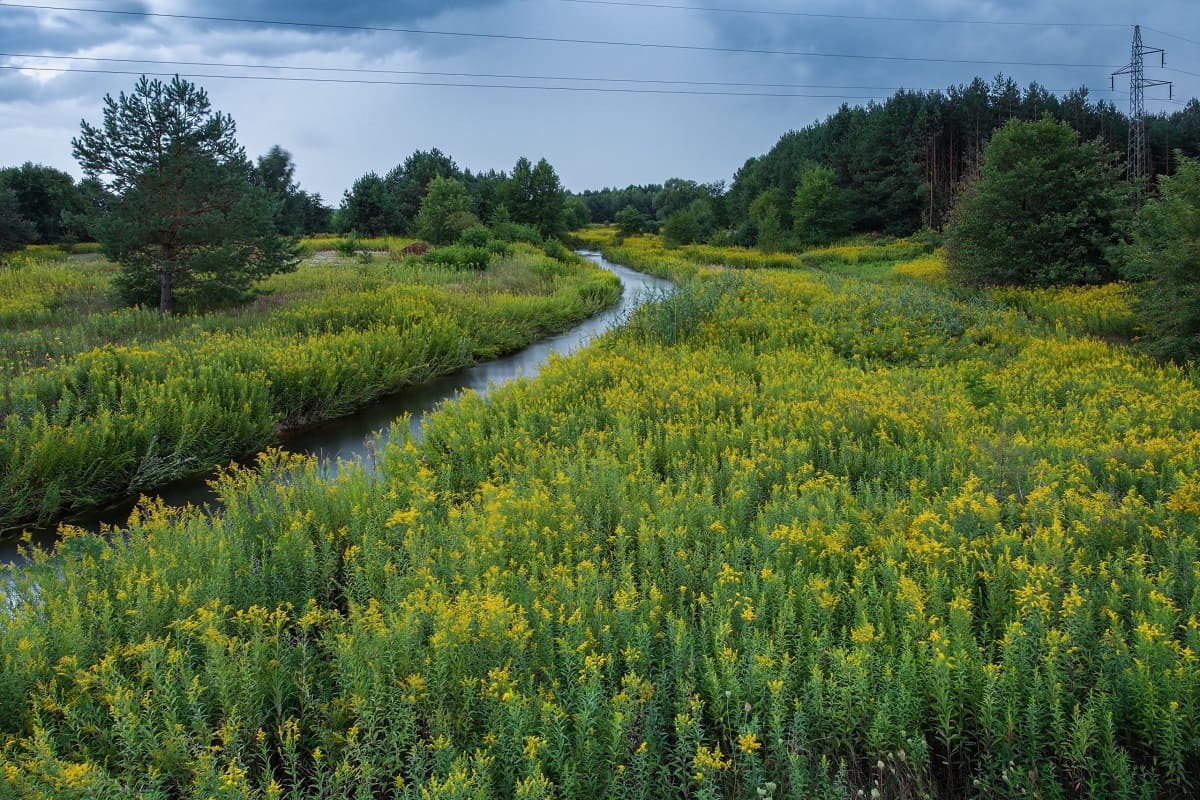

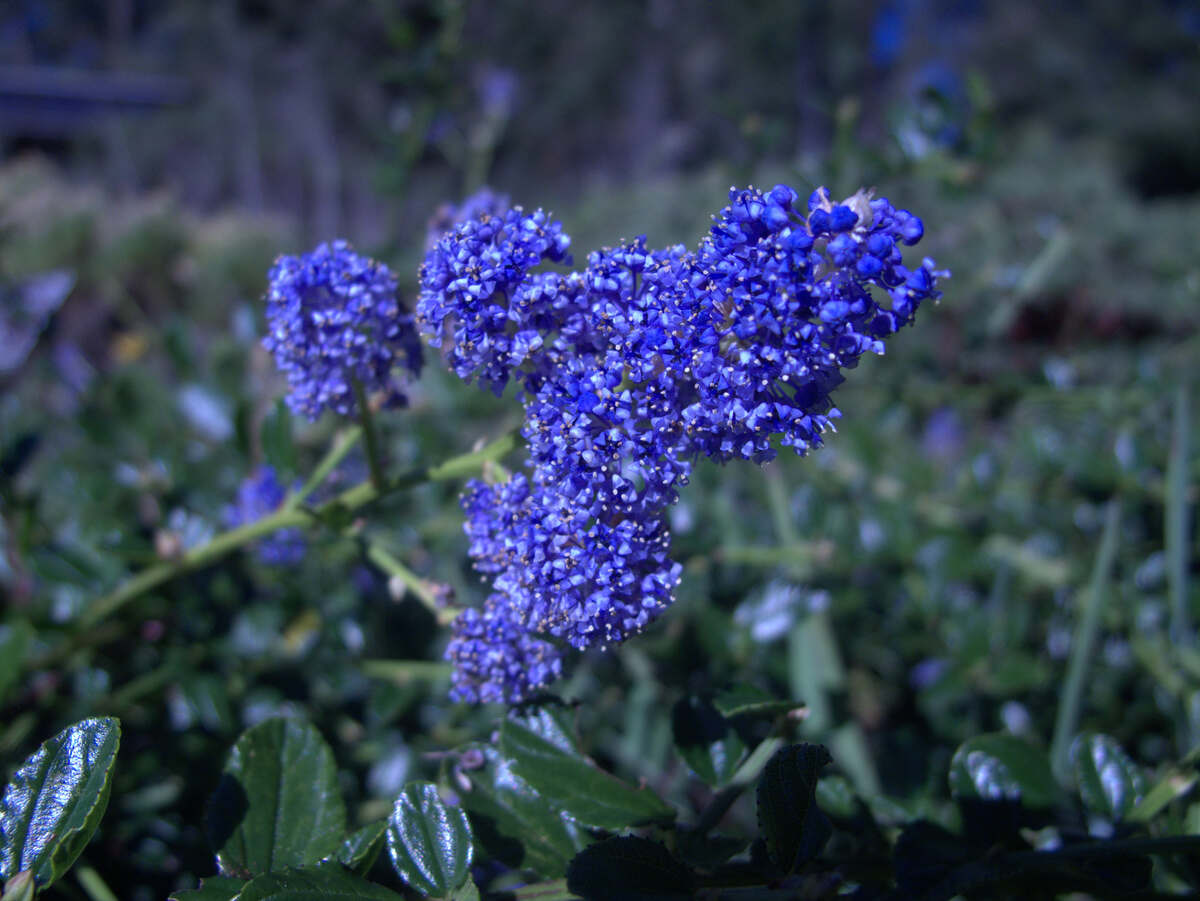
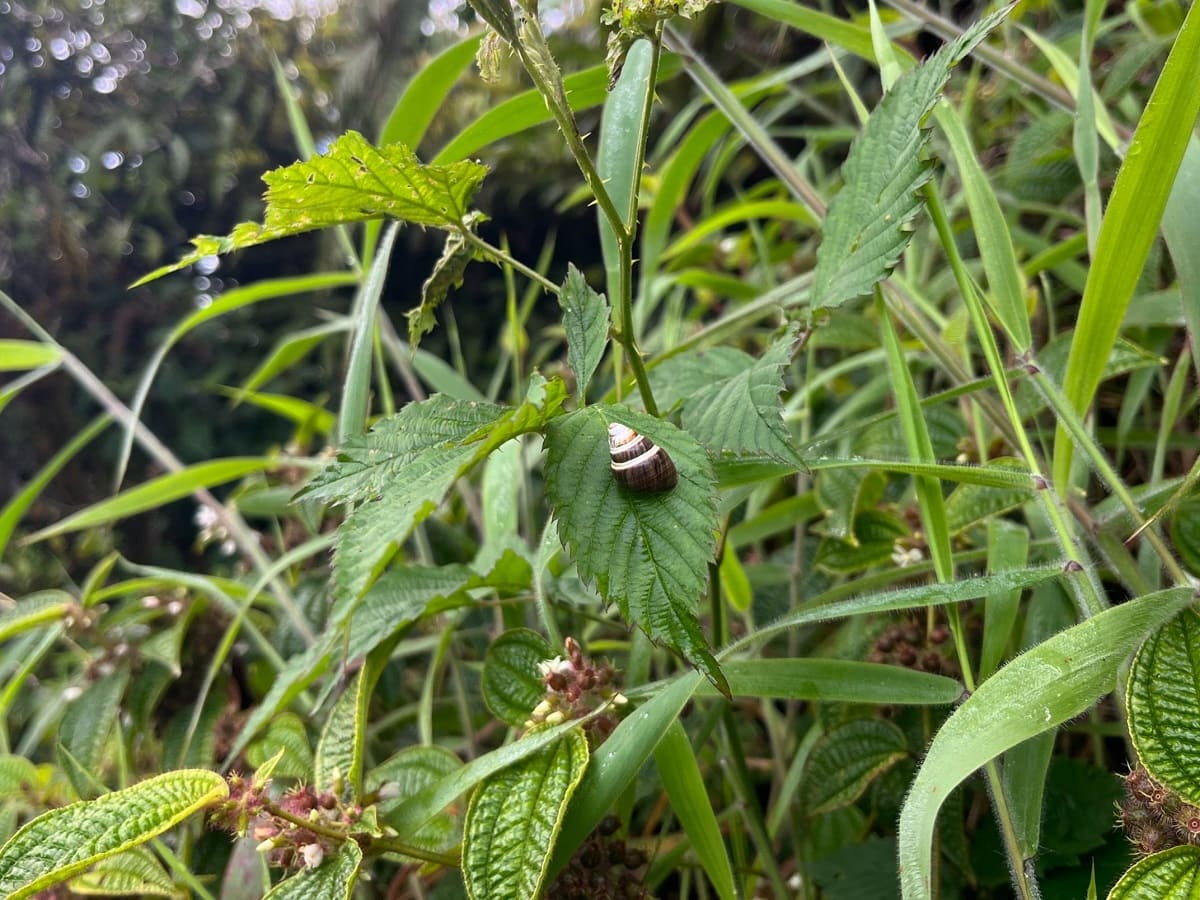
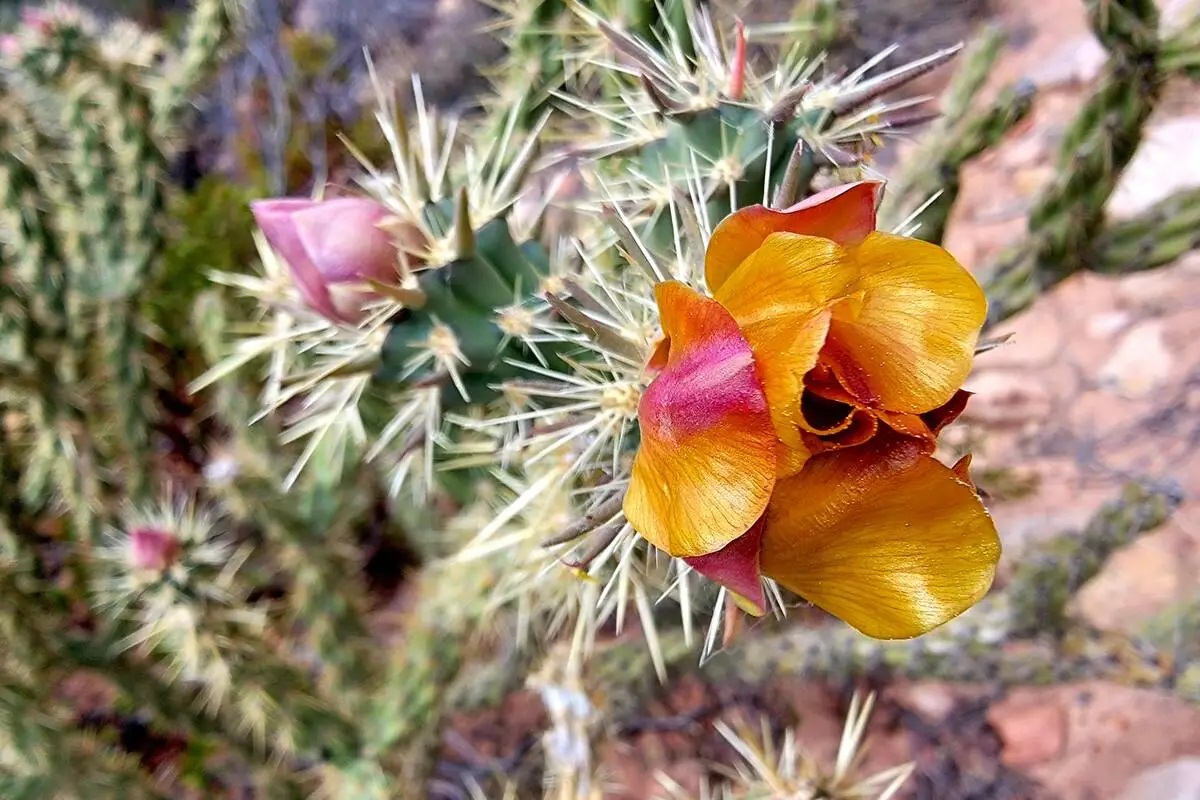
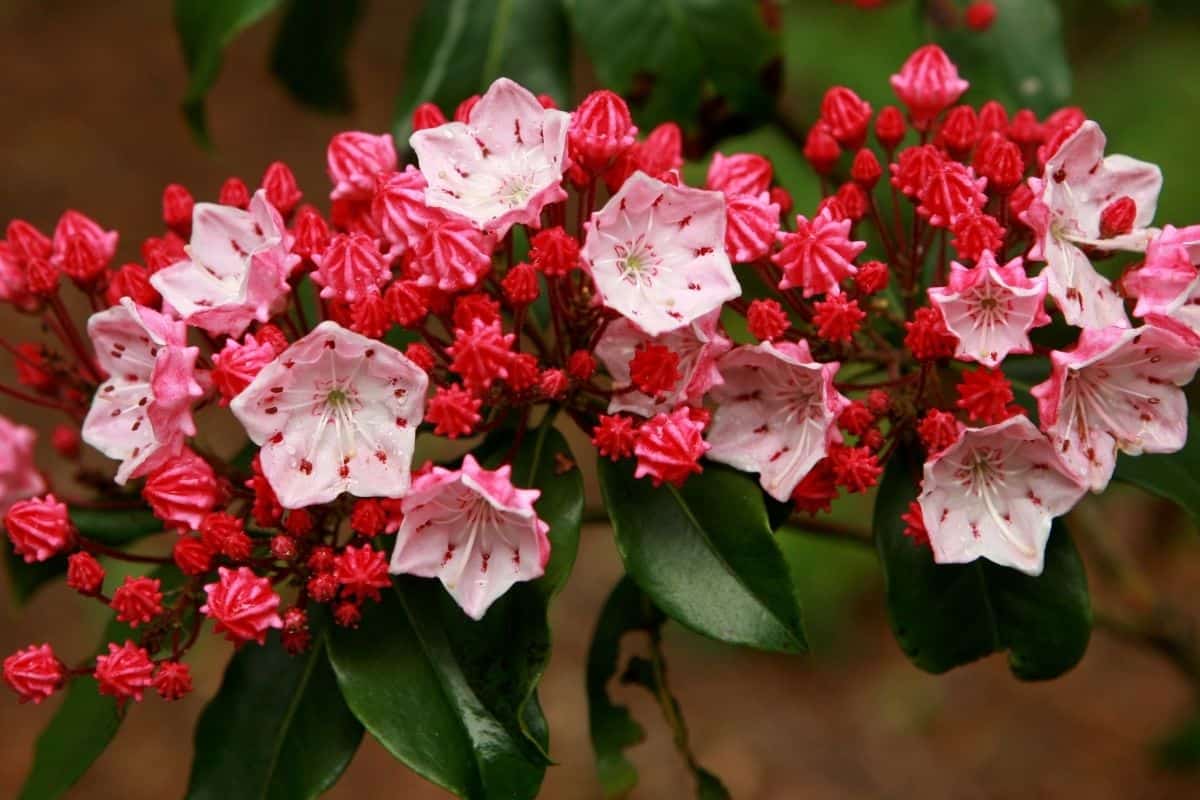
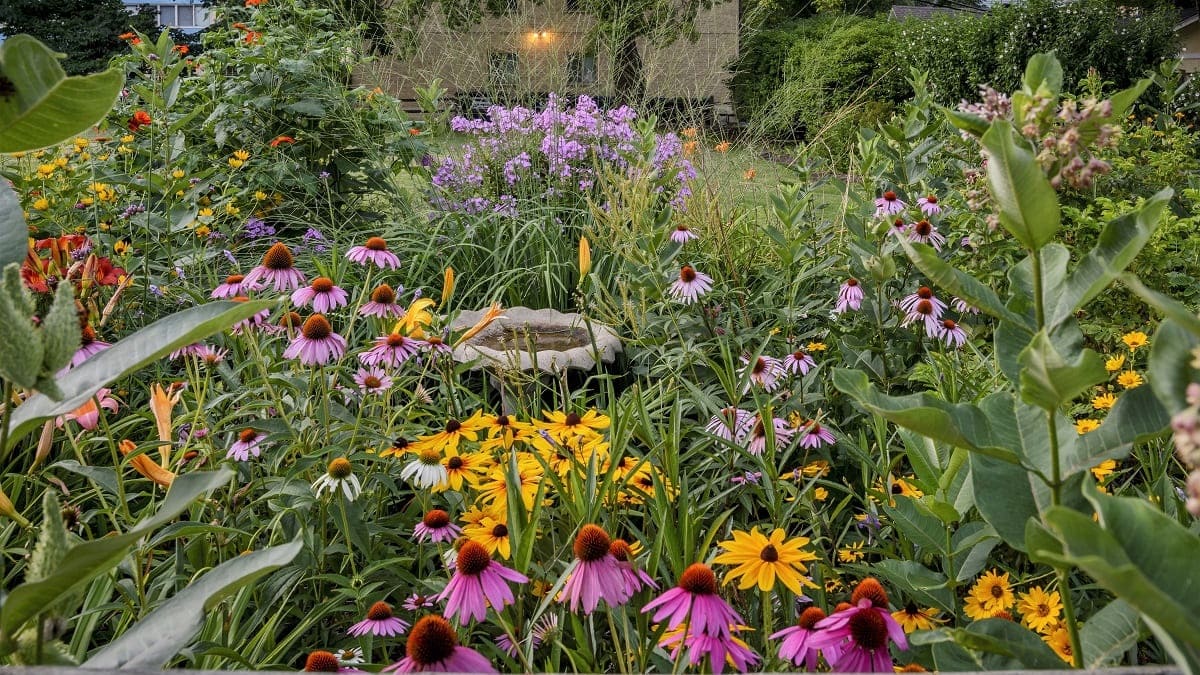
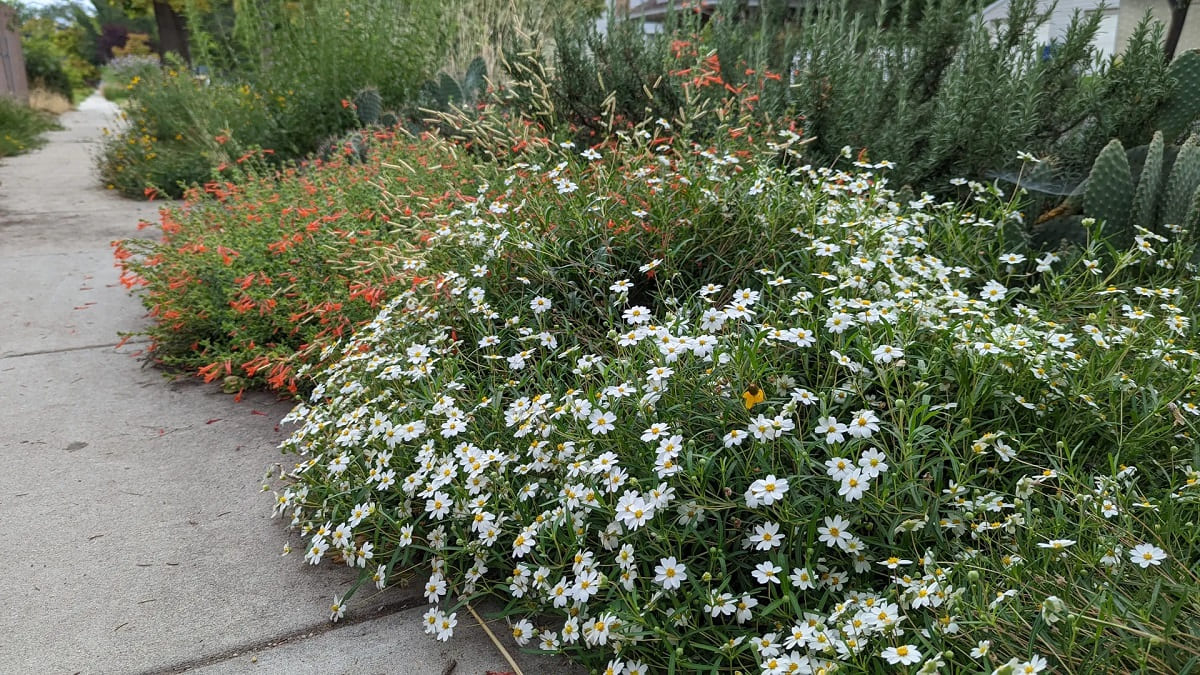

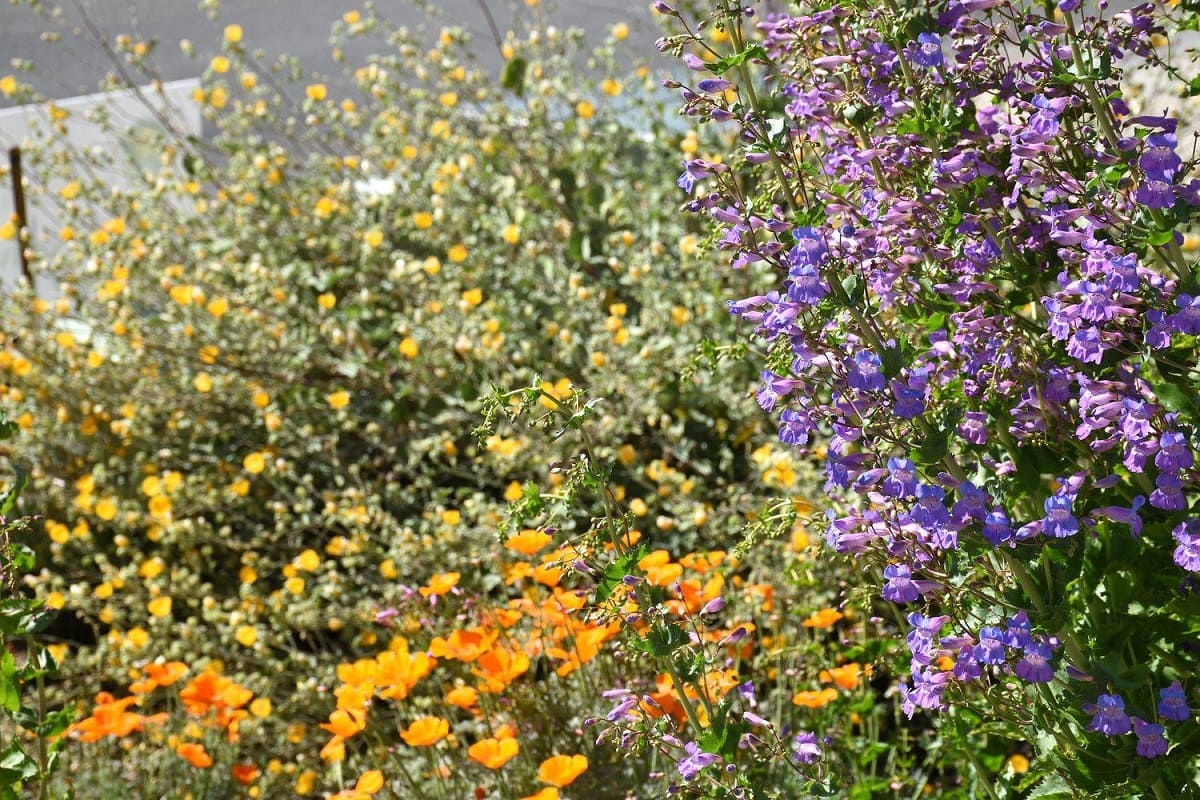
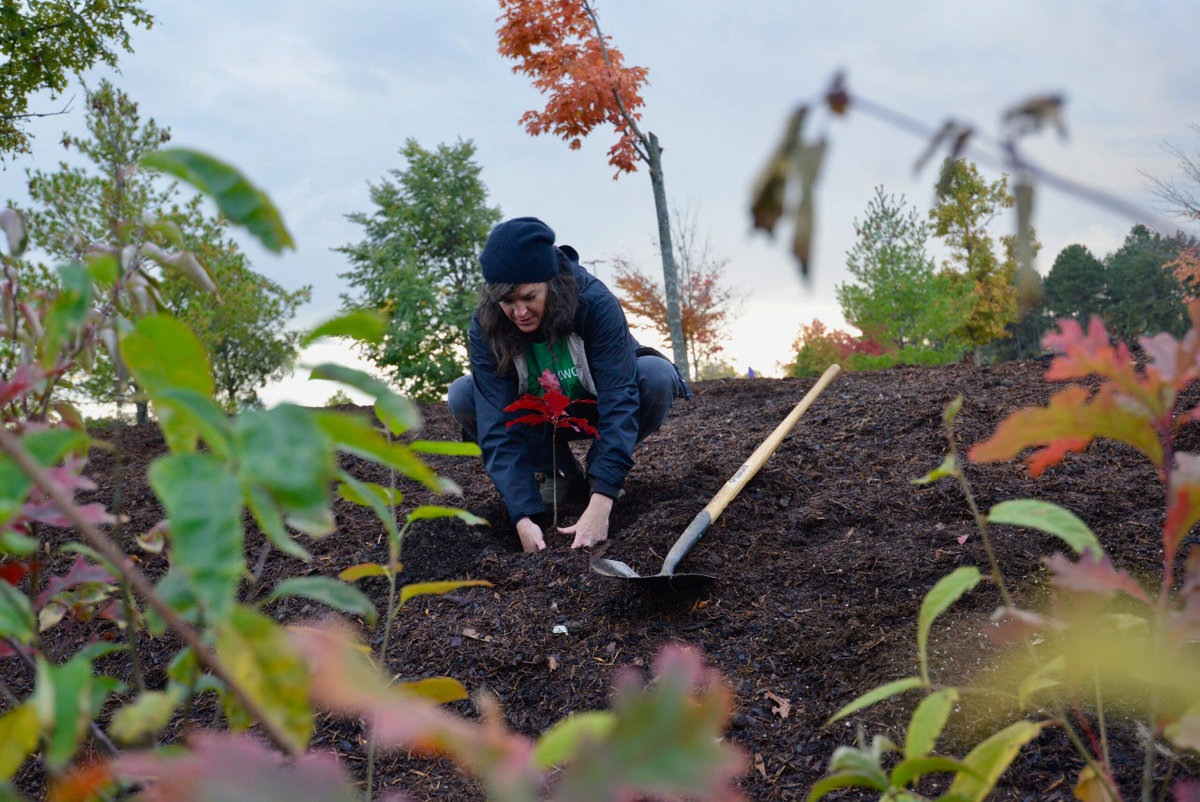

0 thoughts on “What Plant Was Used By Native Americans To Treat Malaria”